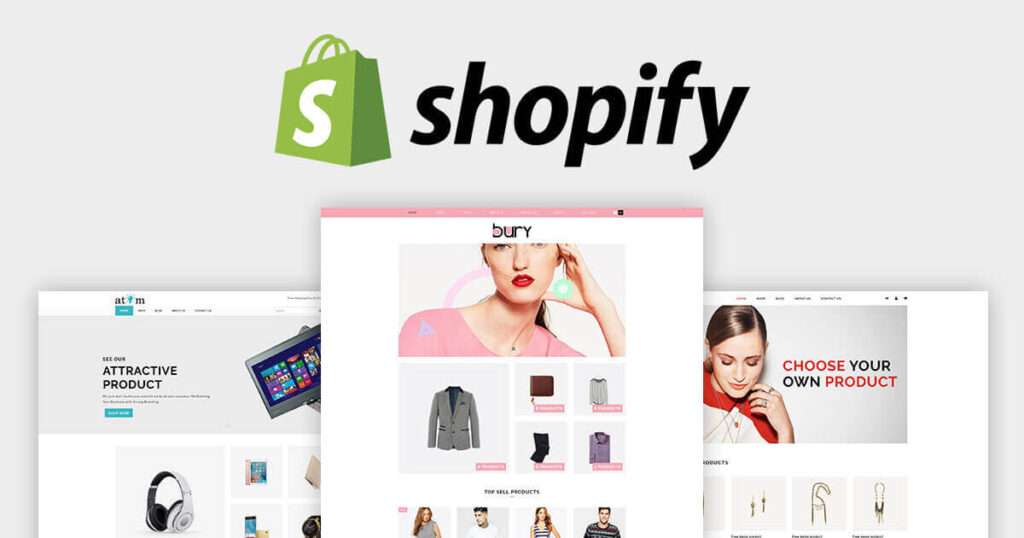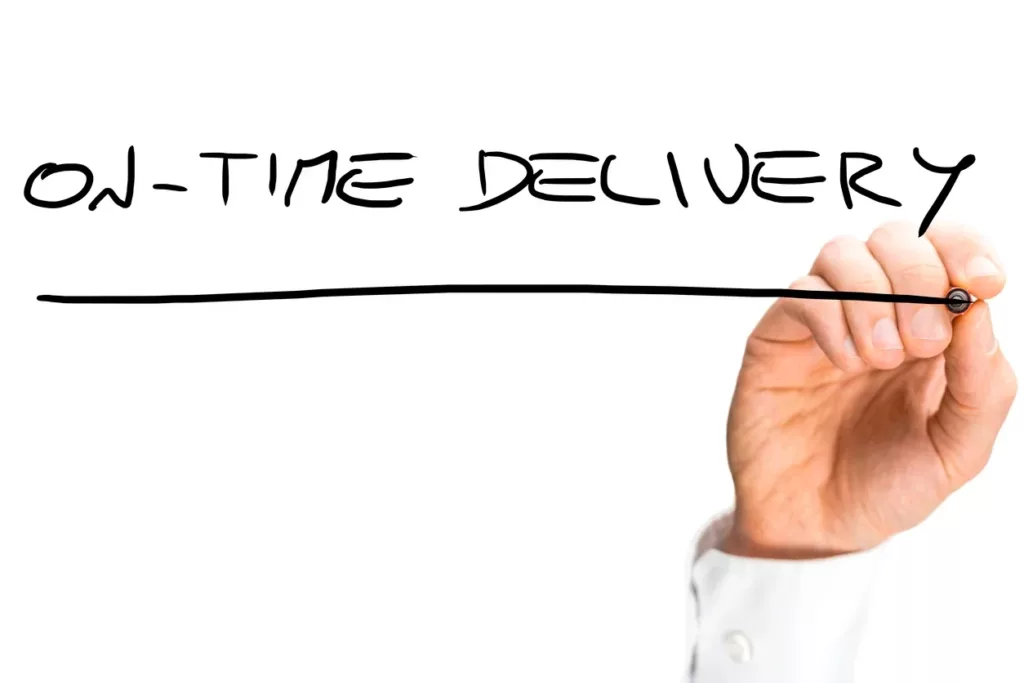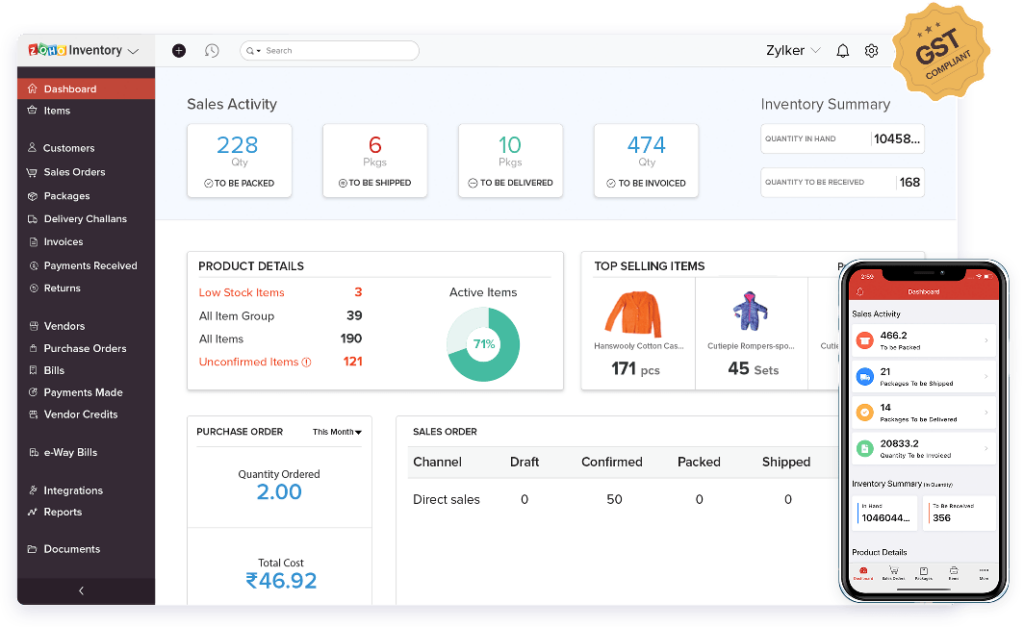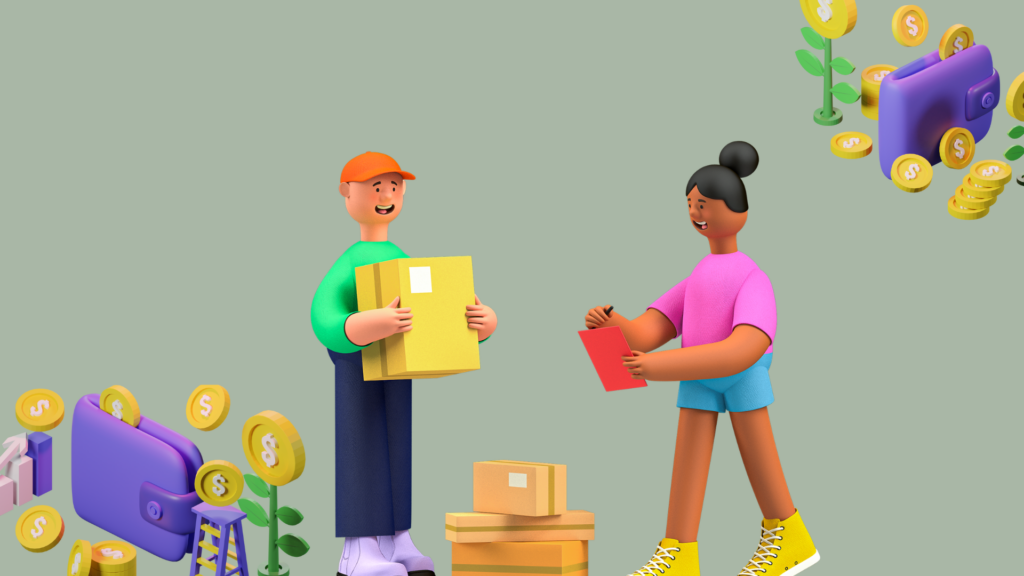
Benefits of Using Shopify
(1) Provide professional and exquisite templates
Shopify has more than 60 professional templates for clothing, jewelry, furniture, art, and other topics. The mobile terminals are all flexible and work well with different mobile devices. These professional and elegant template themes make stand-alone station layouts. If a website seems professional, visitors will trust it and remain longer, leading to greater purchases.
(2) An app market with all the features
The Shopify App is like the app for setting up a mobile phone. After Shopify is set up, it only has the most basic shopping features. You need different apps to manage batches of products, orders, and emails. Shopify’s strongest feature is that it helps merchants with more than just setting up an online store and processing payments.
For example, the app can help with things like product launch, product inventory management, email marketing, SNS marketing, remarketing, advanced analysis reports, SEO, order management, and so on. In the Shopify App Store, you can choose from more than 1,000 different apps. Many of these apps can save time and make things easier.
(3) Shopify is an online business. Every day of the year, 24 hours a day
Merchants can get in touch with Shopify at any time by phone, online chat, or email. Phone calls are rarely used in China because it is more expensive to call abroad. For example, if you have trouble setting up collections or tying down a domain name, you can use the live chat to get in touch with Shopify’s official technical support and get the problem fixed right away.
(4) Shopify works with sales through more than one channel.
After the products in your Shopify store have been uploaded, you’ll need to work with the right APP (some channels don’t need extra APPs) and payment method to start selling on these platforms. You won’t have to upload products to these platforms again and again, though.
The selling platforms that are currently compatible with Shopify are:
https://www.shopify.com/channels/ is the official start page.
Facebook, Pinterest, and Facebook Messenger are all social platforms.
Amazon, Wish, and eBay are all professional sales platforms (coming soon)
Wanelo, BuzzFeed, Kik, Houzz, and other sites are also used.
(5) Marketing and SEO Tools That Are Easy to Use
One of the best things about Shopify is that it has powerful SEO features that help websites rank higher through code. With Shopify, you can use tools like social media, email marketing, and product reviews to market your business. You can also use the tools that come with Shopify to make discount coupons and great landing pages for Google ads or PPC social ads.
(6) Safety and trustworthiness
To protect important customer and company information, security is a must. Shopify offers SSL certification and PCI encryption of all data to make sure that all private personal and financial information and platforms are safe. It also has integrated payment services, secure and reliable payment gateways, support for Stripe payment options, and more.
(7) Options for integration
Shopify is an all-in-one ecommerce operations platform. It has a lot of unique features and functions, but what really makes it stand out is that it works well with a lot of other platforms and tools, such as listing mirroring. With Shopify and Listing Mirror working together, you can manage all of your tasks in one place, sell more products, and do less work.
What it costs to open a Shopify store
(1) The platform fees for Shopify
Rent and handling fees are the most basic fees. Shopify has a few different packages, and the following table shows how the fees and services for each one are different:
Shopify has an official free trial period of 14 days. During the trial period, you can upload products, link domain names, and set up the background. After the trial period is over, you can choose the payment plan that works best for you.
Shopify’s service is set to do calculations every 30 days by default. On each billing day, Shopify will send a detailed list of charges via email, and the relevant charges will be taken out of the credit card automatically.
The package shown above is a monthly package, so the payment needs to be taken out every month. Shopify will stop the website from going online once there isn’t enough money in the account or the payment is stopped.
(2) Shopify’s fees for transactions
If you use Shopify Payment, which is a third-party service that works with Shopify and is powered by Stripe, there are no transaction fees, but you must have a company in the US or Hong Kong to sign up. If you use a different payment method, like PayPal (which requires a business account) or a credit card, you will be charged the appropriate transaction fee based on the package you choose.
Using Paypal’s Express Checkout as an example, the total cost of the $79 package is:
Transaction Fee: 1% plus PayPal rate (4.4% + 0.3%) plus withdrawal fee: 1.2% or $35. The total collection fee for a product with a selling price of $100 is:
1001%+(1004.4%+0.3)*(1-1.2%)=$5.65.
(3) Themes and add-ons for Shopify
In Shopify’s app store, there are many powerful plug-ins. There are currently about 2,500 plug-ins that everyone can use. Some of them are free, but most of the others are made by third parties and cost money. The price changes. Some plug-ins cost a few dollars a month, while others cost hundreds. So, it’s not easy to guess how much it will cost. Generally speaking, the budget for plug-ins is about 100 dollars per month.
(4) Promoting a website and letting water out
You must know the difference between the Shopify platform and the third-party platform in order to build a website and open a store on the Shopify platform. Because of adding products, the website won’t get natural traffic, and the Shopify platform doesn’t have its own traffic. There are ways to promote and drain a website that cost money and ways that don’t.
The easiest and most effective way to get more people to visit the Shopify platform website is to buy paid ads.
Paid promotion is most common on Facebook, Google, Instagram, Pinterest, TikTok, and other sites. Based on the product’s features, customer portrait groups can be chosen, and accurate delivery can be done to increase the conversion rate.
Content marketing is when websites make content based on what a product can make people think about. Social networking sites (SNS) like YouTube, TikTok, and Instagram are great places to market your content. Even though content marketing is a long-term process, the effects may not come as quickly as with paid advertising. However, producing high-quality content over time will lead to growth. And customer stickiness is very strong.
(5) The fees for a high-end Shopify store
This section talks about the cost of Shopify’s high-end stores, which are good for enterprise-level stores, especially those whose product brands already have a good reputation overseas.
Shopify and More
A high-end package called Shopify Plus is available in addition to the three types of Shopify packages shown above. The fee is $2,000 per month, or 0.25 percent of each month’s sales, whichever is higher. Shopify Plus has many benefits. One is that Plus stores can have up to 9 sub-sites. Plus is better if the product is for the world market. Stores can also be B2B. This feature lets factories set up distributors in other countries.
Building a website to fit your needs
Shopify has a lot of theme templates, but for many businesses and products with strong brand recognition, templates are not enough.
Overall look, if your brand has a unique style, you might not be able to find a template that fits it well, and you can’t build a custom module on the homepage, like a new product release module, a brand story module, or a buyer praise module. Display modules and templates can’t be shown exactly how they were meant to be. And there are often issues with how templates are shown, especially on mobile, where lines are often skipped.
The display of second-level pages, like blogs, brand stories, and other pages that can be put in the bottom navigation bar, also needs to be built carefully. The company needs to find a technical team to do it as well. If the technology-made page is very different from the Shopify template, the buyer will feel very uncomfortable.
Custom functions like showing a discount code on the product details page, a button to fill in buyer information, and a tag that shows the introduction of details are not included in templates, so you’ll need to find a professional technical team to build them.
Official website-building partners of Shopify offer custom website-building services, such as professional design and front-end page developers and one-on-one website-building consultants. You can add the functionality you need by changing the code or installing the right plugins.
The cost of building a website with Shopify includes platform fees (monthly rent plus a handling fee), fees for themes and plug-ins, and fees for advertising and promotion. If you want a better website, you have to build it with a professional team.




